 EN
EN
 PT
PT
Adapting curriculum contents for inclusion
Product: Book
Trim size in cm: 20x27
Pages: 352, in color
ISBN: 9788859014362
Publication date: 01/11/2017
REQUEST A SAMPLE OR MORE INFORMATION
The series “The Guides” is born from the experience of the Erickson Study Centre with the goal of providing teachers with a series of complete volumes regarding the fundamental aspects of the various forms of Special Educational Needs present in our schools.
Thanks to its theoretical-functional layout, the Guide to Facilitate and Simplify Text Books provides useful information for how to make the subject textbook a real reference tool for collaborative learning in class, with the help of a rich set of practical examples, strategies and models of adaptations from different text typologies that teachers can use within the different classroom contexts in which they work.
The volume is divided into two sections that guide the reader through the different phases that characterize the students’ work:
In every chapter, you will find:
–a concept map that gives an organized overview of the contents
-insights from scientific research
-tips on classroom instruction
– practical examples, strategies and adaptation models
-a summary of the contents presented in the chapter
“The student can’t read….what do they need a text book for?”
For inclusive didactics
SECTION I – Adoption of a text book as a strategy for inclusion
The text book: from a possible element of difficulty to an instrument for inclusion
Guidelines for the adaptation of a text book in class
SECTION I I– Strategies and models for effective adaptation
Adaptations of texts
Facilitation and simplification of exercises and tests
A special kind of adaptation: reference aids

«Erickson Guides», the outcome of the work of the greatest Italian experts in these fields, represent the most complete tools for intervention in schools. They not only provide an exhaustive framework of thecharacteristics peculiar to the various disorders and their consequences at school, but also strategies to deal with them, assessment tools and didactic intervention.
EACH GUIDE OFFERS A PROGRAMME IN 4 STAGES

KNOWING, OBSERVING, EVALUATING Clear and exhaustive definition of the disorder, diagnostic criteria, integration of children in class, the evaluation process

PLANNING AND PUTTING INTO ACTION Strategies and practical interventions to be enacted at school to deal effectively with teaching and educational special needs

REFLECTING ON AND UNDERSTANDING Consequences in the spheres of emotions, relationships, self-esteem and self-perception

JOINING FORCES AND SHARING Strategies to act synergically and involve school and family to improve the child’s wellbeing
IN EACH CHAPTER YOU CAN FIND...
a sequential time line which illustrates in which phase the practical indications given in the chapter are placed

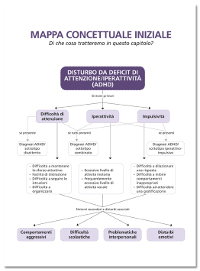
a conceptual map that illustrates the main contents and how they are related
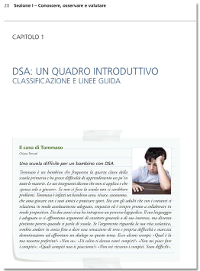
presentation of case examples, through short descriptions, portraying children in their daily typical situations
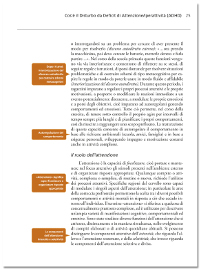
questions and key points alongside each paragraph to tell the reader what it is talked about
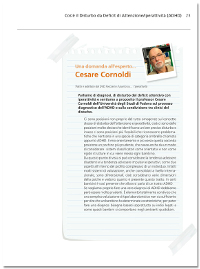
interviews with experts on the most debated and current aspects of the disturbs
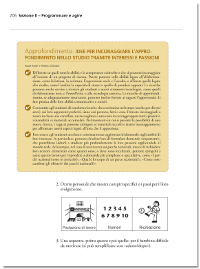
in-depths explanations of meaningful concepts and terms
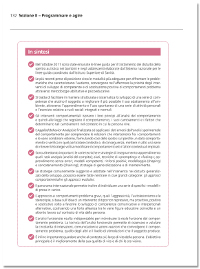
final summary box of the main contents dealt with in the chapter